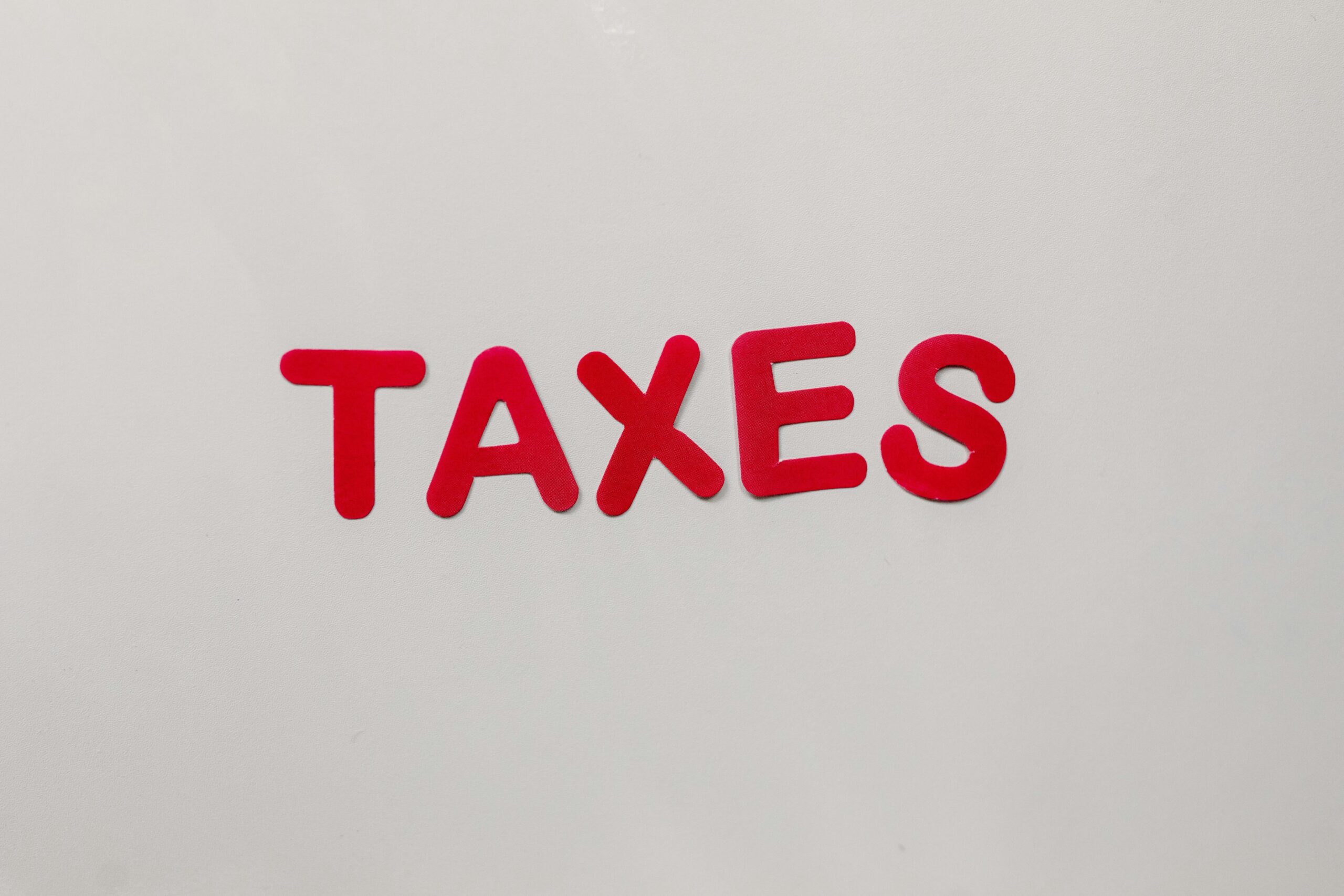Behavioral economics has revolutionized how governments and organizations design policies that actually work, blending psychology with economic theory to influence human behavior effectively.
For decades, traditional economic models assumed humans were rational actors who always made decisions in their best interest. Yet reality painted a different picture. People consistently made choices that contradicted their own goals—saving too little for retirement, ignoring health warnings, or failing to claim benefits they were entitled to. This gap between theoretical predictions and actual behavior sparked a revolution in policy design.
The integration of behavioral insights into policy creation has transformed governance worldwide. From increasing organ donation rates to boosting retirement savings, understanding the quirks of human psychology has enabled policymakers to craft interventions that gently guide people toward better outcomes without restricting freedom of choice.
🧠 The Foundation: Understanding Behavioral Economics in Policy Context
Behavioral economics emerged from the recognition that human decision-making is far messier than traditional economics suggested. Nobel laureates Daniel Kahneman and Amos Tversky demonstrated that people rely on mental shortcuts—heuristics—that sometimes lead to systematic errors in judgment.
These cognitive biases aren’t character flaws but features of how our brains evolved to handle complex information quickly. The challenge for policymakers is designing systems that account for these predictable patterns rather than fighting against them.
Policy design informed by behavioral economics acknowledges that context matters tremendously. The same person might make completely different choices depending on how options are presented, what the default settings are, or what their peers appear to be doing. This understanding opens powerful avenues for influence without coercion.
The Architecture of Choice
Richard Thaler and Cass Sunstein introduced the concept of “choice architecture”—the idea that whoever organizes the context in which people make decisions has significant influence over those decisions. This isn’t manipulation; it’s recognizing that there’s no neutral way to present choices.
Every policy environment already has an architecture. The question is whether it’s designed thoughtfully or accidentally. Effective policy design means becoming intentional about this architecture, structuring choices to make desirable outcomes easier and more attractive.
📊 Core Principles That Shape Policy Effectiveness
Several key behavioral insights have proven particularly powerful in policy applications. Understanding these principles provides a toolkit for crafting interventions that respect autonomy while improving outcomes.
Default Settings: The Power of Doing Nothing
Perhaps no behavioral insight has proven more powerful than the default effect. People disproportionately stick with preset options, even when changing them requires minimal effort. This stems from status quo bias and inertia—our tendency to maintain current states.
The most famous application involves retirement savings. Countries that switched from opt-in to opt-out enrollment in pension schemes saw participation rates soar from around 60% to over 90%. The same choice remained available; only the starting point changed.
Similar effects have transformed organ donation systems. Countries with opt-out consent presumption have dramatically higher donation rates than those requiring explicit registration, potentially saving thousands of lives annually through this simple architectural change.
Loss Aversion: Framing Matters More Than Content
People feel the pain of losses approximately twice as intensely as the pleasure of equivalent gains. This asymmetry—loss aversion—profoundly influences decision-making and creates opportunities for effective policy framing.
Energy conservation programs have leveraged this by showing households how much money they’re losing through inefficiency rather than how much they could save. The psychological impact differs substantially despite the identical mathematical reality.
Tax compliance interventions have successfully employed loss framing by emphasizing what people stand to lose through non-compliance rather than what they might gain through honesty. This subtle shift in messaging can significantly impact behavior.
Social Proof: The Invisible Hand of Norms
Humans are deeply social creatures who constantly look to others for behavioral cues. We assume that what others do must be appropriate, especially when uncertain. This social proof principle offers powerful leverage for policy interventions.
Tax authorities have increased timely payments by including messages like “9 out of 10 people in your area pay their taxes on time.” This normative messaging outperforms traditional penalty threats by tapping into our desire to conform to perceived community standards.
Energy companies have successfully reduced consumption by providing households with comparisons to neighbors’ usage. The competitive element and social comparison create motivation that abstract environmental appeals often fail to generate.
🎯 Practical Applications Across Policy Domains
The theoretical principles of behavioral economics only matter if they translate into real-world impact. Across diverse policy areas, behavioral insights have demonstrated measurable effectiveness in addressing persistent challenges.
Health Behavior and Public Wellness
Healthcare systems face the paradox that many health problems stem from preventable behaviors. Traditional information campaigns assuming rational actors often fail because knowing what’s healthy doesn’t automatically translate into doing what’s healthy.
Behaviorally-informed interventions have improved medication adherence by redesigning pill packaging, sending timely reminders, and simplifying dosing schedules. These changes acknowledge that forgetting—not ignorance—drives much non-compliance.
Vaccination campaigns have increased uptake by making appointments opt-out rather than opt-in, sending specific appointment times rather than general reminders, and framing vaccines as social responsibilities rather than individual choices.
Nutrition policy has shifted toward choice architecture improvements: placing healthier options at eye level in cafeterias, reducing plate sizes to combat overeating, and redesigning menus to make nutritious choices the path of least resistance.
Financial Security and Economic Welfare
Financial decisions often involve trade-offs between present gratification and future security—exactly where behavioral biases exert maximum influence. Present bias leads people to overvalue immediate rewards while discounting future consequences.
Automatic enrollment in retirement savings, with gradually increasing contribution rates, has dramatically improved financial preparedness. This “Save More Tomorrow” approach leverages present bias by committing future income increments rather than requiring immediate sacrifice.
Financial literacy programs have improved outcomes by moving beyond information provision toward simplifying choices, providing decision tools at critical moments, and using commitment devices that help people follow through on intentions.
Consumer protection policies increasingly recognize that disclosure alone doesn’t protect when information is overwhelming. Standardized formats, summary boxes, and mandatory cooling-off periods acknowledge cognitive limitations and emotional decision-making.
Environmental Sustainability and Climate Action
Environmental challenges present unique behavioral hurdles: consequences feel distant and abstract, individual actions seem insignificant, and immediate costs outweigh delayed benefits. Behavioral insights offer pathways through these obstacles.
Smart meter programs that provide real-time energy usage feedback have reduced consumption by making abstract kilowatt-hours concrete and immediate. The visibility transforms energy from an invisible utility into something tangible to manage.
Recycling rates have improved through simplified sorting systems, conveniently placed bins, and social norm messaging emphasizing community participation rates. Reducing friction and leveraging conformity proves more effective than environmental guilt.
Carbon offset programs have increased participation by making offsets the default option for flights and purchases, requiring active opt-out rather than opt-in. This harnesses status quo bias for environmental benefit.
⚖️ Ethical Considerations in Behavioral Policy Design
The power to influence behavior through policy design raises important ethical questions. When does helpful guidance cross into manipulation? How do we balance effectiveness with respect for autonomy?
Critics argue that behavioral interventions can be paternalistic, subtly coercing people toward choices policymakers prefer. This concern has sparked important debates about the legitimate scope of behavioral policy and the standards that should govern its application.
Transparency and Accountability Standards
Ethical behavioral policy requires transparency about techniques being employed. People should understand when and how their choices are being influenced, even if detailed mechanisms remain complex.
The “publicity principle” suggests that interventions should be defensible if made public. If a policy technique would generate outrage if widely known, this signals potential ethical problems requiring reconsideration.
Accountability mechanisms matter tremendously. Behavioral interventions should undergo rigorous evaluation, with results published regardless of outcomes. This scientific discipline prevents cherry-picking successes while ignoring failures.
Respecting Autonomy While Guiding Choices
The concept of “libertarian paternalism” attempts to thread this ethical needle—structuring choices to promote welfare while preserving freedom. This approach maintains all options while making beneficial choices easier.
Easy opt-out mechanisms preserve autonomy in default-based policies. If switching from a default requires minimal effort and information, freedom remains substantially intact even as beneficial defaults guide most people.
Diversity of values demands humility in defining “better” outcomes. What seems obviously beneficial to policymakers may not align with all individuals’ preferences and circumstances. Effective behavioral policy must remain sensitive to this pluralism.
🔬 Evidence-Based Iteration: The Importance of Testing
Behavioral interventions that sound brilliant in theory sometimes fail in practice, while surprising approaches succeed. This unpredictability makes rigorous testing essential rather than optional.
Randomized controlled trials have become standard practice for behaviorally-informed policies. These experiments randomly assign people to intervention and control groups, isolating the causal effect of specific design features with scientific precision.
The UK’s Behavioural Insights Team pioneered systematic policy experimentation at scale, testing thousands of variations to identify what actually works. This evidence-based approach has spread globally, with behavioral insights units now operating in dozens of countries.
Learning From Failure
Not all behavioral interventions succeed, and these failures provide valuable lessons. Oversimplified nudges sometimes backfire when they ignore context or underestimate people’s sophistication.
Social norm messaging can inadvertently worsen behavior among those performing better than average, who learn they can slack off while remaining within norms. This unintended consequence illustrates the need for careful design and testing.
Some interventions work brilliantly in controlled trials but fail at scale due to implementation challenges, habituation effects, or contextual differences between test and real-world environments. This gap underscores the importance of scalability testing.
🌍 Global Perspectives and Cultural Considerations
Behavioral insights aren’t culturally universal. The same intervention can produce dramatically different results across societies due to varying norms, values, and institutional contexts.
Collectivist cultures may respond more strongly to social norm messaging than individualist societies, while authority-based framing might work better in high power-distance cultures. Effective policy design requires cultural sensitivity and local adaptation.
Implementation capacity varies enormously across countries. Sophisticated behavioral interventions requiring complex data systems and iterative testing may prove impractical in resource-constrained settings, necessitating simpler approaches.
Cross-cultural learning offers tremendous value when adapted thoughtfully. A successful intervention from one country can inspire variations elsewhere, but direct copying without contextual adjustment rarely succeeds.
🚀 The Future Frontier: Technology and Behavioral Policy
Digital technologies create unprecedented opportunities for behaviorally-informed policy design. Smartphones, wearables, and connected devices enable precisely timed interventions, personalized messaging, and continuous feedback loops impossible in analog environments.
Artificial intelligence can identify optimal intervention timing based on individual patterns, delivering reminders and nudges when they’re most likely to influence behavior. This personalization promises greater effectiveness than one-size-fits-all approaches.
However, technological sophistication also amplifies ethical concerns. Hyper-personalized behavioral targeting raises privacy issues and manipulation risks. The same tools that enable helpful guidance could facilitate concerning manipulation if misused.
Data governance frameworks must evolve alongside behavioral technology. Clear standards about data collection, usage limits, and oversight mechanisms will prove essential for maintaining public trust as interventions become more sophisticated.
💡 Building Behavioral Capacity in Organizations
Systematic application of behavioral insights requires organizational capacity beyond individual expertise. Institutions need processes, training, and cultural changes to embed behavioral thinking in policy development.
Cross-functional teams combining policy expertise, behavioral science knowledge, and implementation experience produce better outcomes than siloed specialists. This collaboration ensures interventions are theoretically sound and practically feasible.
Training programs that build behavioral literacy across government help normalize evidence-based experimentation and behavioral thinking. When policymakers at all levels understand core principles, behavioral insights become integrated rather than isolated.
Institutional incentives matter enormously. If political systems reward bold claims over rigorous evaluation, behavioral insights won’t reach their potential. Creating space for experimentation and learning from failure enables genuine innovation.
🎓 Lessons for Aspiring Policy Designers
For those seeking to apply behavioral economics to policy challenges, several principles emerge from successful applications worldwide. These lessons transcend specific contexts, offering guidance for diverse situations.
Start small and test rigorously before scaling. Pilot programs allow learning and refinement without committing to approaches that may not work. Evidence from controlled tests provides confidence for broader implementation.
Focus on reducing friction rather than just providing information. Many policy problems stem from hassle factors and complexity rather than ignorance. Simplifying processes often achieves more than elaborate communication campaigns.
Combine behavioral insights with other policy tools rather than viewing them as standalone solutions. Nudges work best alongside traditional incentives, regulations, and information provision—complementary elements in comprehensive approaches.
Maintain humility about what behavioral science can achieve. These tools are powerful but not magical. Complex social problems rarely yield to single interventions, regardless of behavioral sophistication.

🌟 The Art and Science of Influence
Mastering behavioral policy design requires balancing scientific rigor with practical wisdom. Understanding psychological principles provides the foundation, but applying them effectively demands creativity, contextual sensitivity, and ethical judgment.
The most successful behavioral interventions share common features: they align with rather than fight human nature, respect autonomy while guiding choices, and demonstrate measurable impact through rigorous evaluation. These principles create policy that works with people rather than against them.
As behavioral economics matures from academic curiosity to mainstream policy tool, its potential continues expanding. From global challenges like climate change to local issues like community health, behavioral insights offer pathways to more effective governance.
The future of policy design lies not in choosing between respecting freedom and promoting welfare, but in recognizing these goals as complementary. Well-designed choice architecture enhances both, creating environments where the easy choice is also the beneficial one.
For policymakers willing to embrace experimentation, learn from evidence, and maintain ethical standards, behavioral economics provides powerful tools for crafting policies that genuinely improve lives. The art of influence, when practiced responsibly, becomes a science of human flourishing.
Toni Santos is a global-policy researcher and ethical-innovation writer exploring how business, society and governance interconnect in the age of interdependence. Through his studies on corporate responsibility, fair trade economics and social impact strategies, Toni examines how equitable systems emerge from design, policy and shared vision. Passionate about systemic change, impact-driven leadership and transformative policy, Toni focuses on how global cooperation and meaningful economy can shift the scenario of globalization toward fairness and purpose. His work highlights the intersection of economics, ethics and innovation — guiding readers toward building structures that serve people and planet. Blending policy design, social strategy and ethical economy, Toni writes about the architecture of global systems — helping readers understand how responsibility, trade and impact intertwine in the world they inhabit. His work is a tribute to: The global commitment to equity, justice and shared prosperity The architecture of policy, business and social impact in a connected world The vision of globalization as cooperative, human-centred and regenerative Whether you are a strategist, policymaker or global thinker, Toni Santos invites you to explore ethical globalization — one policy, one model, one impact at a time.




